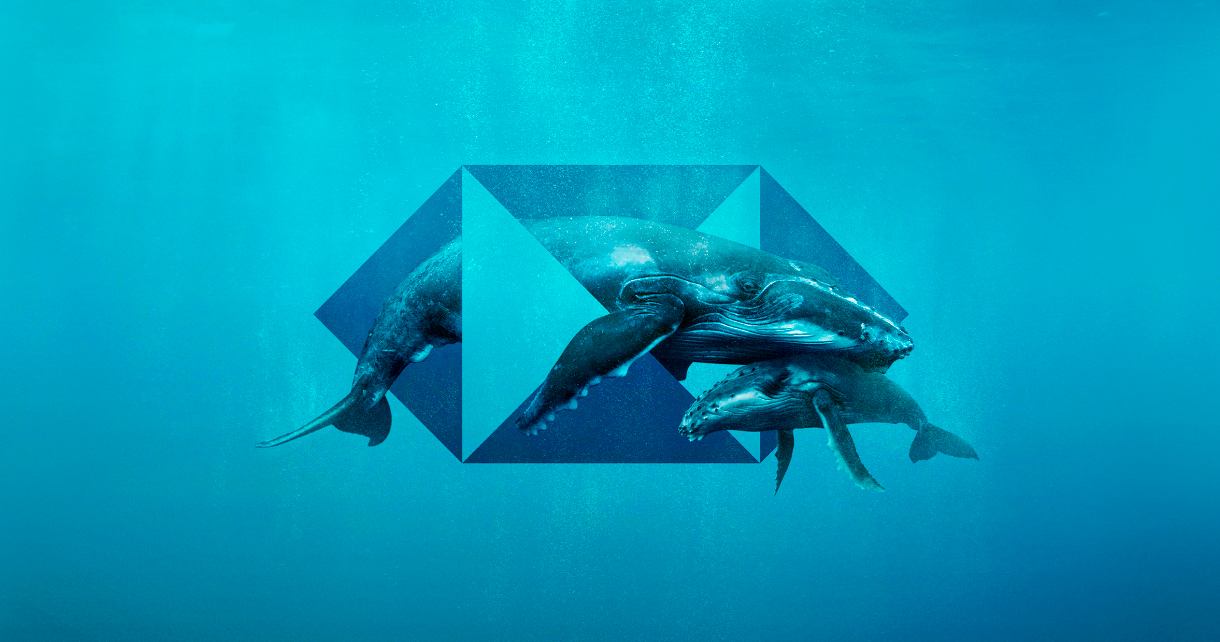

The challenge of delivering integrated
brand communications at scale
| Client | Danone |
| Where | Global - 23 países |
| What | Retail & Consumer Products |
| When | 2020-2022 |
-60% Time to delivery (Time-to-market) ------ From asset-driven to growth-driven ------ +10 new capabilities integrated ------ Simplified the ecosystem by reducing 42 external agencies

01
THE CHALLENGE
Scaling up solutions for a global giant's challenges
In today's ever-evolving business landscape, where brand distinctiveness relies heavily on effective marketing, the challenges of crafting meaningful communications have surged in complexity. This has left marketing teams stretched to their limits.

A lack of a unified approach to marketing across brands
Working in silos across brands and agencies was leading to underperforming campaigns and marketing actions, both nationally and globally. This lack of internal collaboration resulted in lack of specialization to maximise the opportunities of digital and integrated communications, as well as inconsistent brand experiences, coupled with soaring costs
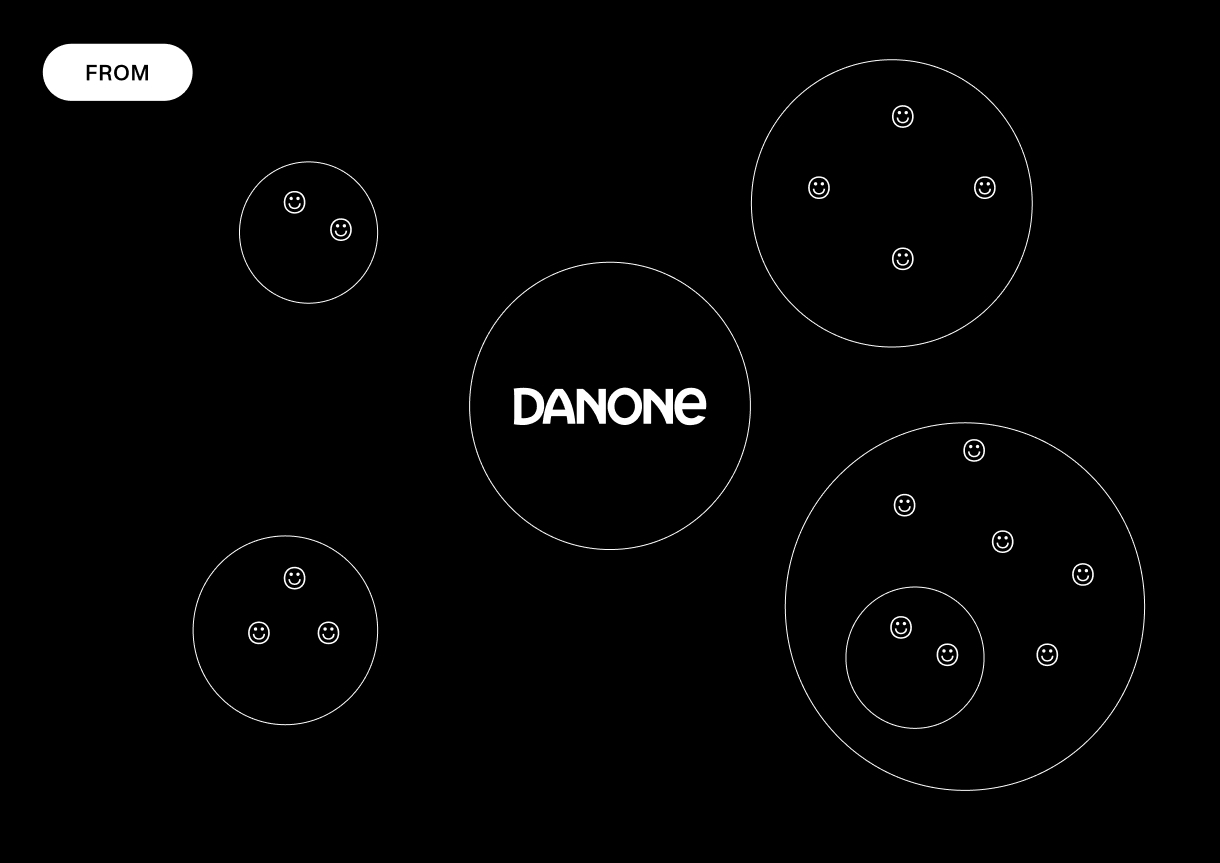
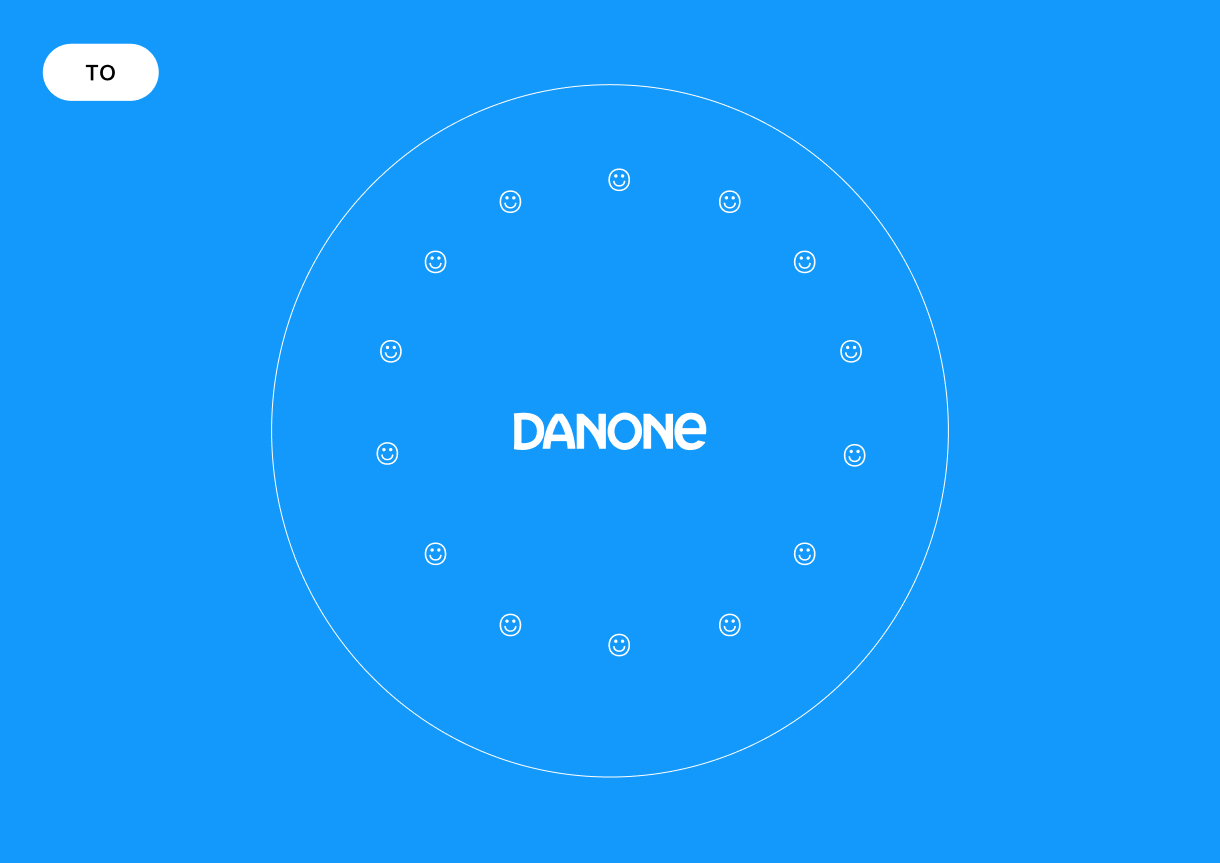
02
THE SOLUTION
D_Studio: Strength through unity in Danone's marketing
To reinvent Danone's marketing approach, three critical strategies are proposed. First and foremost is the cultivation of cross-team collaboration by bringing together internal and external talent, including marketers, strategists, creatives, media experts, and business analysts, within a unified workspace. The second strategy involves standardizing successful working dynamics (WoW) across different countries and teams. Lastly, with a focus on efficiency, the aim is to ensure the effective utilization of the advertising and promotion (A&P) budget.
A WoW effect
We carried out a transformational process from a traditional agency-of-reference (AOR) model working autonomously for each brand towards a shared-resources approach opening doors to working with a roster of highly-specialised agencies, leveraging the power of scale. This required a systematized approach to prioritising efforts and resources, based on analytical evidence and long-term strategic goals rather than 'big brands take all'.
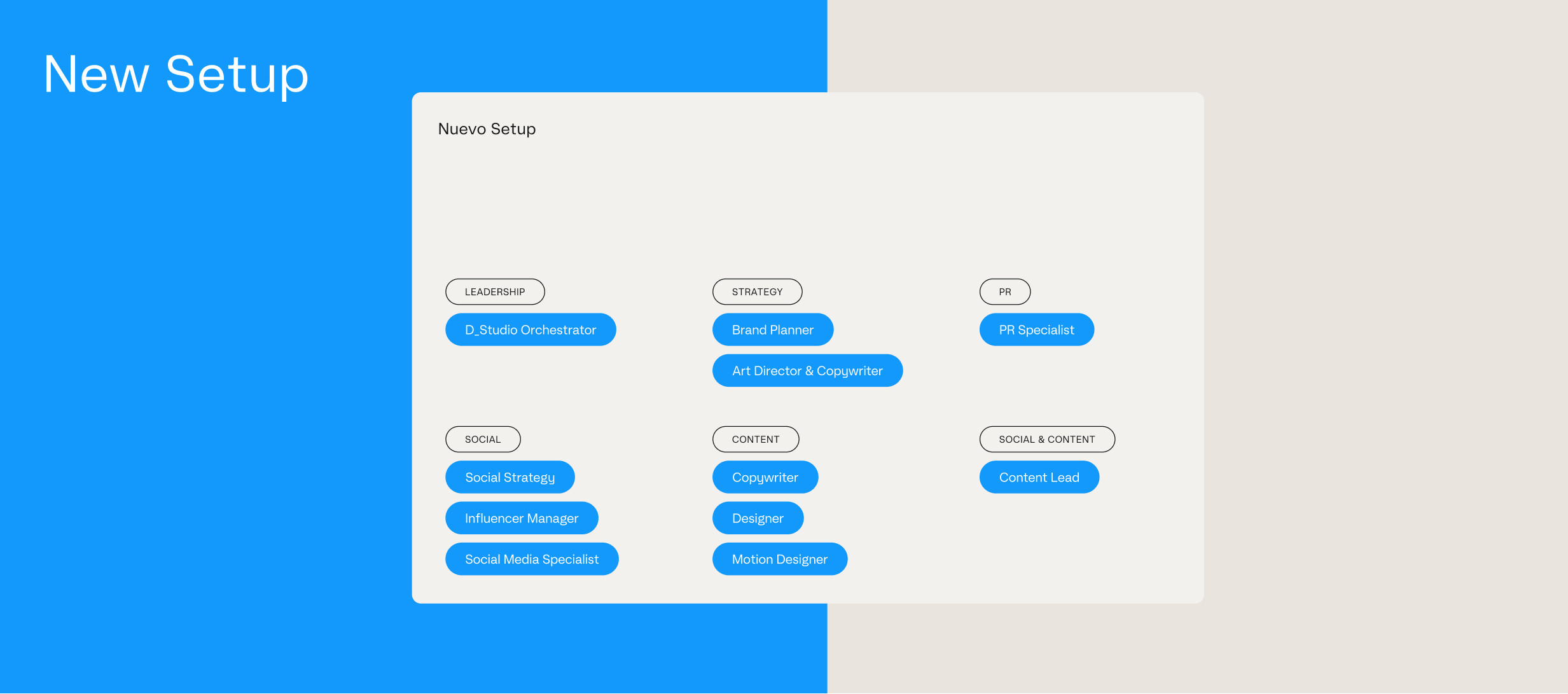
TIMELINE
2020
2021
2021
2022
Everything began with an analysis of marketing and operations. Through interviews, we understood the budgetary structure, classifying markets by maturity and willingness to change.
We overcame internal barriers with country-specific operational models. We designed a modular change management methodology, reflecting regional needs. Sharing successes promoted its adoption.
Pilot countries for D_Studio were selected for their innovation experience. They demonstrated transformational ability and a unique way of tackling challenges, being receptive to external support.
As we moved forward, the new operating model gained prominence within the organization, and more and more countries sought our guidance. Each country had a different starting point that tested the model and required adaptation.
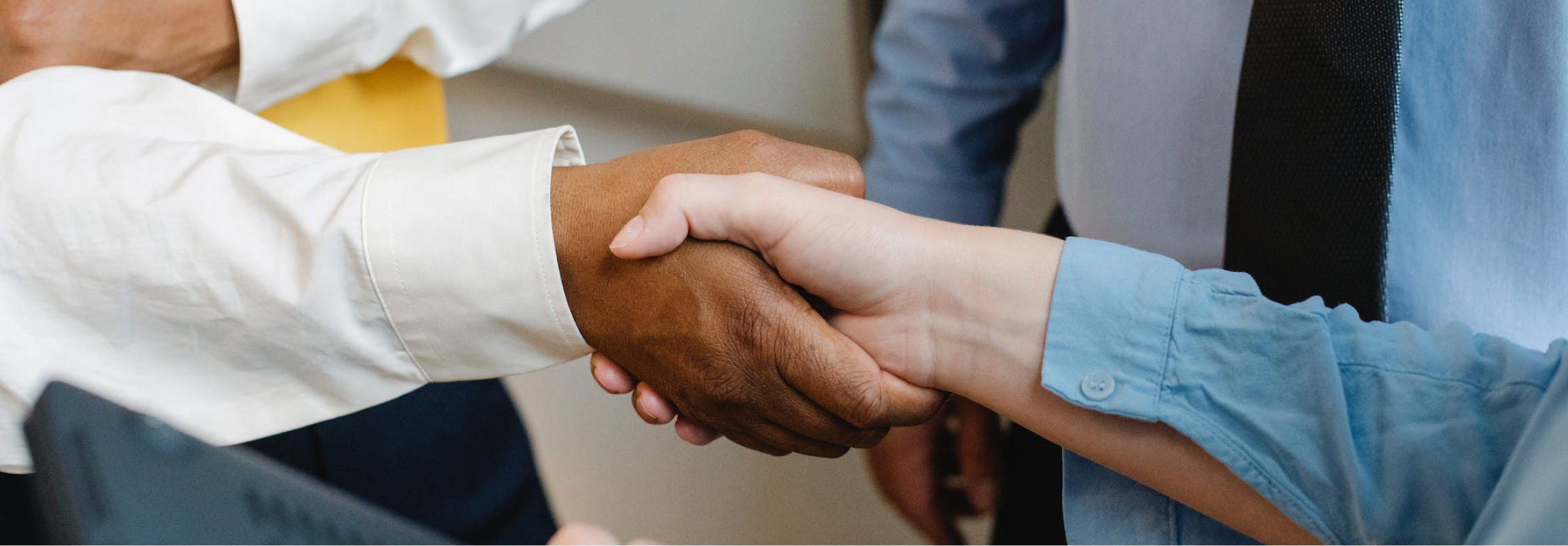
Initial barriers to change were tough to overcome, especially when touching deeply rooted behaviours. It took the collaboration of a few ambassadors to take a first leap of faith and try the new ways of working, start capturing the synergies and start measuring the impact in campaign performance.
MAIN CONCLUSION
The taste of a job well done
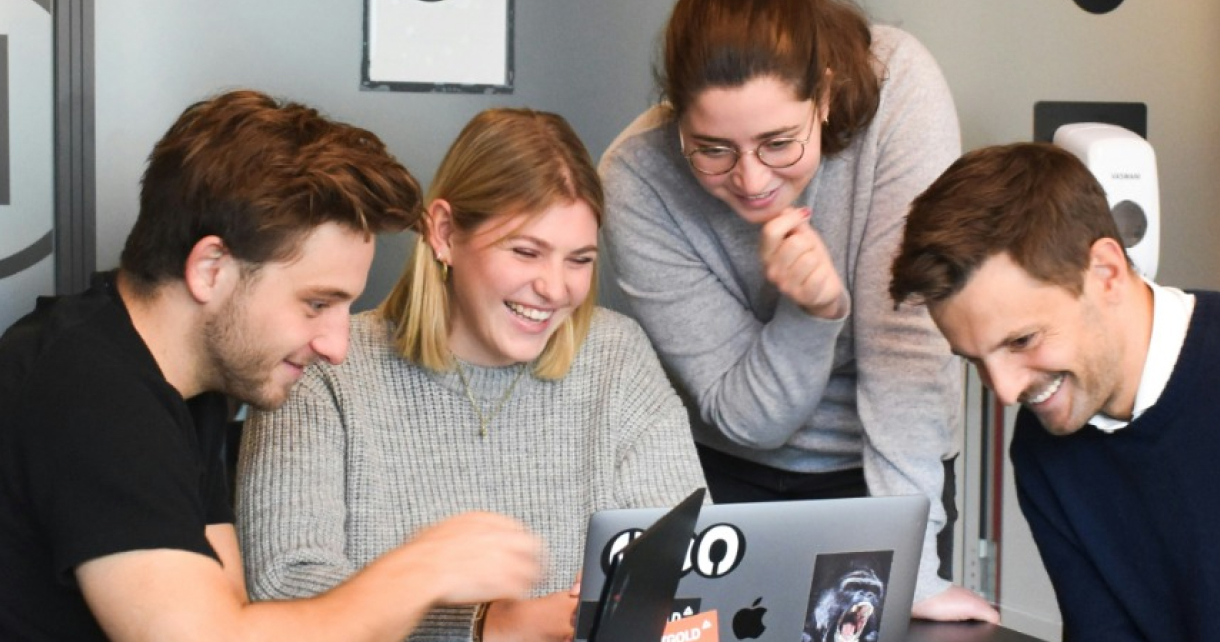
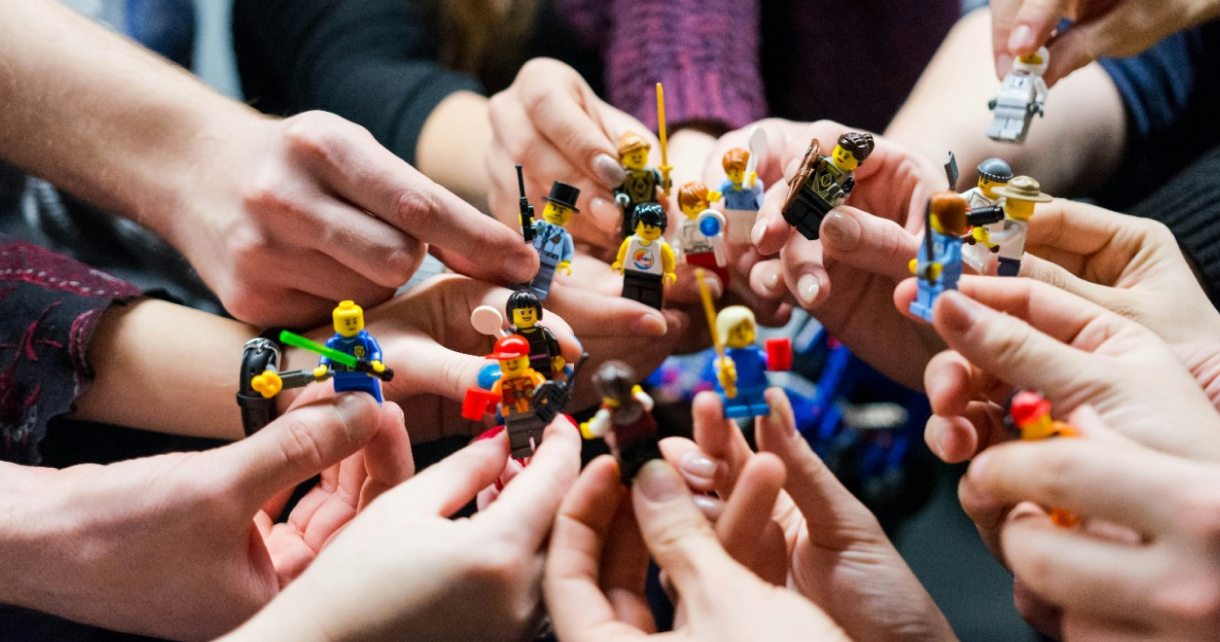
THE OUTCOME
In the span of just over two years, we've lead a deep transformation in Danone's marketing operations. We helped Danone redefine their marketing strategy, implement it at a global and local level, and, most importantly, instill a culture of collaboration that will continue to drive their success in the years to come. This success story stands as a testament to the power of thinking strategicallly and executing tactically and the remarkable results that can be achieved through partnership, dedication, and innovation.
7OOK$
yearly savings
Less agency costs and operating expenses across 18 countries.
+10
new capabilities
More prepared and efficient teams.
70+
Teams supported
With impact across various countries.
+50
Key individuals
Responsible leaders from different countries were interviewed.
More cases
